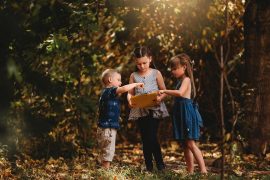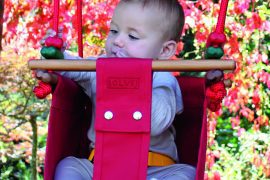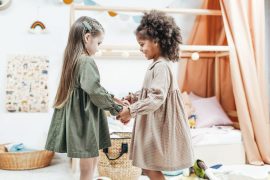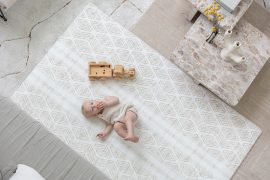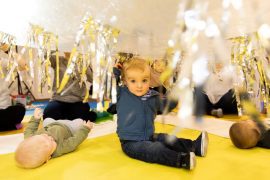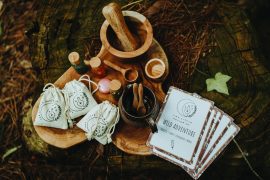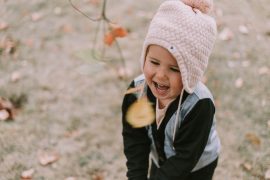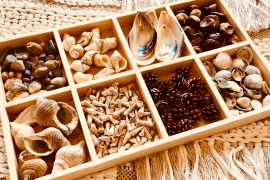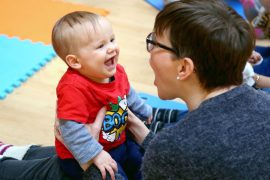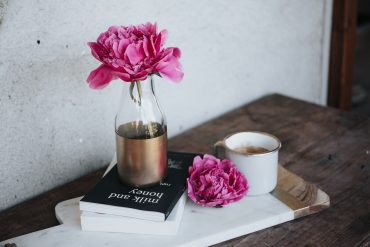These balance systems are coordinated by a part of the brain called the cerebellum (Latin for “little brain”), which also coordinates muscles to maintain the body in balance.
(1) Visual Balance Pathway:
Skaters or dancers practising multiple pirouettes and gymnasts doing beam work fix their eyes on a focal point which helps them maintain equilibrium. The visual cues from our eyes show us whether we’re on or off balance. Similarly, babies taking their first steps often focus their eyes intently on a fixed visual point ahead.
(2) Vestibular Balance Pathways:
The vestibular (dizzy) balance centres in the inner ear register any movement in space, and so tell us if we’re on or off balance. This happens by fluid moving through the semi-circular canals. Dizziness results when the fluid swirls around the canals as a result of spinning. By getting dizzy we stimulate the part of the brain responsible for balance (cerebellum).
(3) Kinaesthetic Balance Pathways:
Using pressure sensors on our skin (feet) and kinaesthetic messages from muscles and joints, we can feel how well we are balanced.
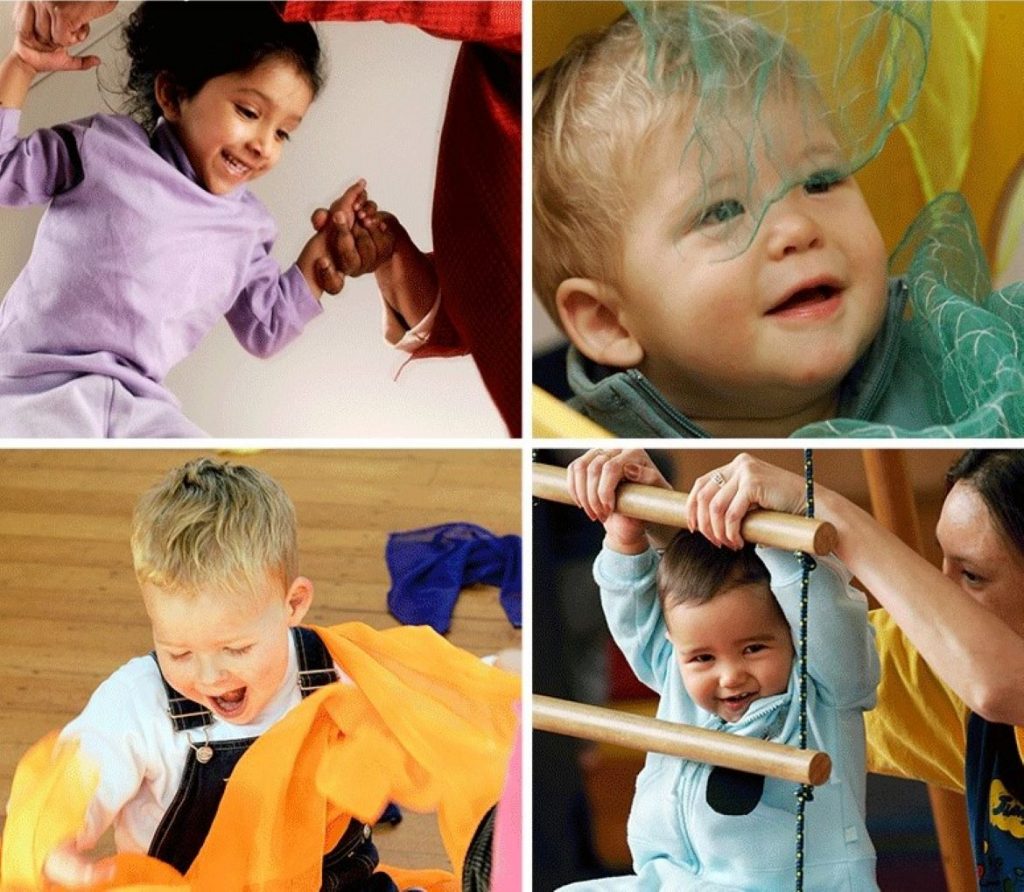
DEVELOPING BALANCE:
Children can develop balance through specific exercises including:
(1) Developing visual balance:
This is developed through eye tracking exercises such as movement to music with scarves, ribbons and feathers, bubbles, ball play, fun chute, locomotion and balancing exercises such as walking, running, jumping, skipping, climbing and beam work.
(2) Developing vestibular balance pathways:
This is developed by spinning, forward and backwards rolls, circles on a horizontal bar, left and right sideways rolls and trampoline activities.
(3) Developing kinaesthetic balance pathways:
These are developed in two ways:
- Pressure sensors on the feet develop by going barefoot, especially on stepping stones, wobble boards, balance beam and trampoline; and through locomotion exercises such as running, hopping, jumping and skipping. Walking and climbing blindfolded are especially helpful in developing balance.
- We develop a kinaesthetic sense of body position by exploring movement in a wide variety of ways, including activities such as movement to music, ribbon and scarf activities, obstacle courses and climbing.
BENEFITS OF WELL-DEVELOPED BALANCE:
As children develop good overall balance, it becomes natural for them to crawl, walk, run, climb, jump, swing, land, roll and flip. This is because the cerebellum, which coordinates balance, is literally ‘wired up’ as balance improves. This results in improved coordination and locomotor ability.
The cerebellum also has a function in ‘filing’ memories and stimulating the speed of thinking. So, improved balance impacts children’s ability to concentrate, increase attention span, develop memory, sit at a desk at school and concentrate on learning. Balance is required for good hand-eye coordination and developing the ability to count, read and write.
Designed to support physical and cognitive development, Jumping Beans classes have been running for over 30 years. For babies and children from 4 months to 5 years, the classes encourage fun and movement, with child-centred, sensory-motor gymnastics activities. Their action-packed classes will help set your child up both physically and emotionally for a healthy, happy childhood.
To find out more, head to the Jumping Beans website and check out their Facebook page.

